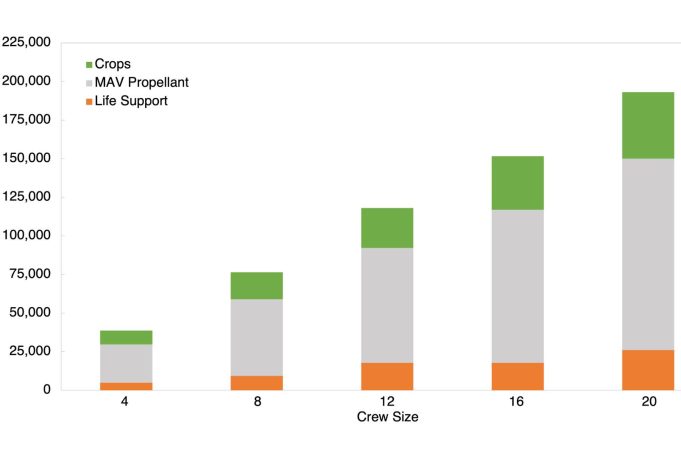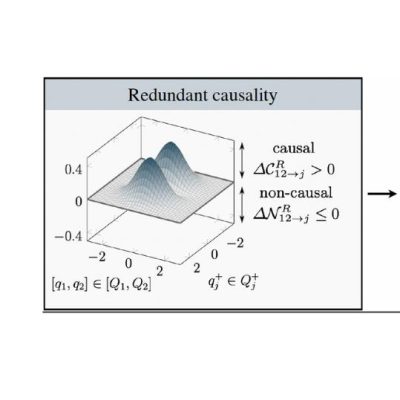
Quantitative modeling of water demand to support a continuous human presence on Mars
Members of the Engineering Systems Lab (ESL) have updated a simulation tool called HabNet to improve water demand estimates to sustain a human presence on Mars. The researchers used the tool to simulate a 790-day mission with different crew sizes, factoring in water needed for crops and life support systems.
Authors: Yana Charoenboonvivat, Olivier de Weck, Sydney Do
Citation: 2024 International Conference on Environmental Systems (July 21-25, Louisville, KY)
Abstract:
An important step toward establishing a continuous human presence on Mars is identifying landing sites that are suitable for human and scientific exploration. A key driver of landing site selection is the quantity of water needed to sustain human life. However, minimal work beyond first-order water demand estimates has been completed to date.
To address this gap, this work quantitatively estimates how much water is needed to sustain a continuous human presence on Mars. Updates were made to a tool called HabNet, a MATLAB simulation tool that incorporates key mission parameters and outputs predictions of resource levels over time, to improve the accuracy and fidelity of water demand estimates. The updated HabNet tool was then used to simulate five discrete cases that collectively represent a Mars surface campaign crew profile that shows increasing and continuous human presence. Results from modeling water demand showed that the net total water demand for 4, 8, 12, 16, and 20 crew members on a 790-day mission are 38,669 kg, 76,545 kg, 118,069 kg, 151,617 kg, and 193,134 kg, respectively. For each crew size, 63-65 % of water is needed for generating MAV propellant, 22-23 % of the water is needed for crops, and 12-15 % is needed for life support. Additionally, the water demand per crew member per day was found to fluctuate between 12.00 kg to 12.50 kg across the five cases.

